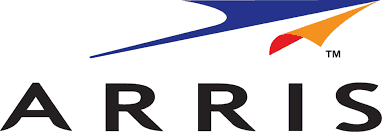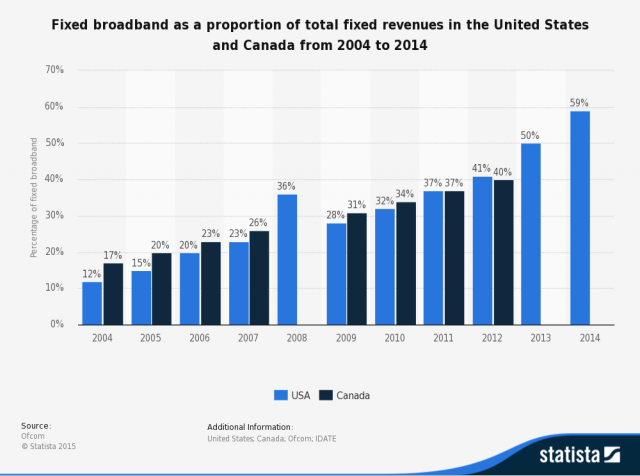 Cox Communications will push broadband speed upgrades as high as a gigabit to customers over an upgraded network heavy on fiber and much lighter on copper coaxial cable.
Cox Communications will push broadband speed upgrades as high as a gigabit to customers over an upgraded network heavy on fiber and much lighter on copper coaxial cable.
In an effort to stay competitive and reduce operational and maintenance costs, Cox will begin major upgrades of its cable plant, removing as much copper and as many signal amplifiers as possible to simplify upkeep and make future upgrades simpler.
Cox chief technology officer Kevin Hart told Light Reading he wants to push fiber optics deeper into Cox’s network, bringing optical fiber closer to the neighborhoods where customers live and work. This will allow Cox to reduce the number of customers sharing the same bandwidth. It also eases Cox’s forthcoming upgrade to DOCSIS 3.1 technology.
“We’re […] taking fiber deeper as a part of our multi-year network transformation plan, working towards a node-plus-zero architecture that allows us to take fiber to the home, and allows us to bring gigabit speeds on demand. And of course we’re aligning around DOCSIS 3.1,” Hart said.
Cox is planning its first rollout of DOCSIS 3.1, which gives cable companies to ability to offer gigabit download speeds, in the fourth quarter of this year. It will choose one of the smaller communities it serves as a test market. If all goes well, Cox will push DOCSIS 3.1 across all of its markets between 2017-2020, likely focusing on Phoenix and San Diego first.
Cox is evaluating DOCSIS 3.1 cable modems from a number of vendors, with Arris and Technicolor likely contenders.
Cox continues to support data caps and usage-based billing in some of its markets and has become one of the stingiest with data allowances:
| Package | Usage Cap | Speeds Download / Upload |
|---|---|---|
| Starter | 150 GB | 5 Mbps / 1 Mbps |
| Essential | 250 GB | 15 Mbps / 2 Mbps |
| Preferred | 350 GB | 50 Mbps / 5 Mbps |
| Premier | 700 GB | 100 Mbps / 10 Mbps |
| Ultimate | 2000 GB | 200 Mbps / 20 Mbps |
| Gigablast (Where Available) | 2000 GB | 1 Gbps / 1 Gbps |
Customers in Cleveland, Ohio are the unluckiest of all, because they also face an overlimit fee when they exceed their allowance: $10 for each additional 50GB block of data. Some customers in Cleveland’s downtown area have found a loophole around the data cap, however. If they access the Internet over Cox WiFi and Cable WiFi hotspots, it does not count against one’s allowance at this time.


 Subscribe
Subscribe If you own or lease a Motorola/Arris SurfBoard 5100, 6121, or 6141 cable modem, security researchers have uncovered an annoying vulnerability that could expose you to a denial of service attack.
If you own or lease a Motorola/Arris SurfBoard 5100, 6121, or 6141 cable modem, security researchers have uncovered an annoying vulnerability that could expose you to a denial of service attack.



 Comcast customers in Atlanta, Nashville, Chicago, Detroit, and Miami will be the first to get Comcast’s new DOCSIS 3.1 modems and faster Internet plans likely to accompany the introduction of the latest cable broadband standard.
Comcast customers in Atlanta, Nashville, Chicago, Detroit, and Miami will be the first to get Comcast’s new DOCSIS 3.1 modems and faster Internet plans likely to accompany the introduction of the latest cable broadband standard.